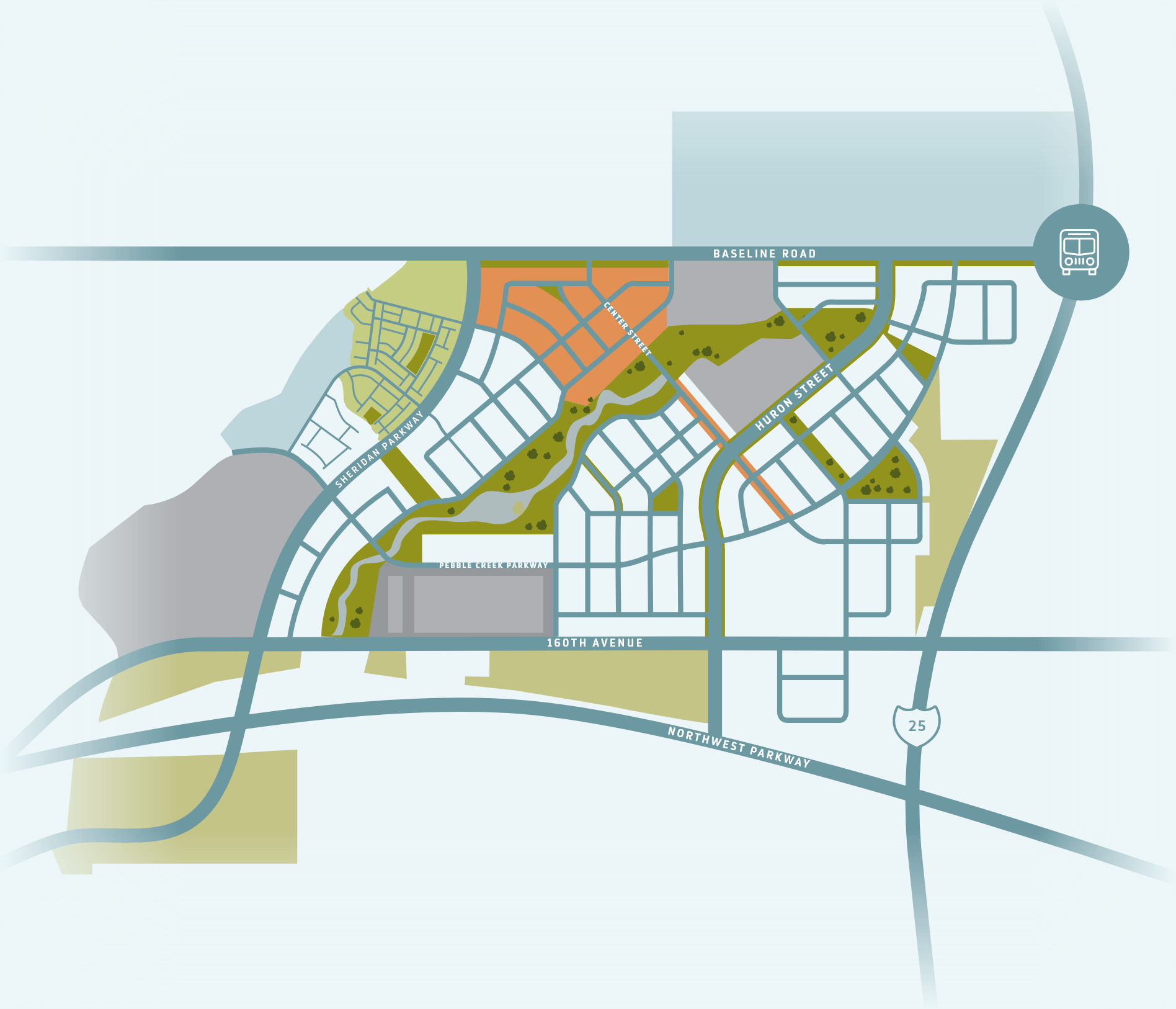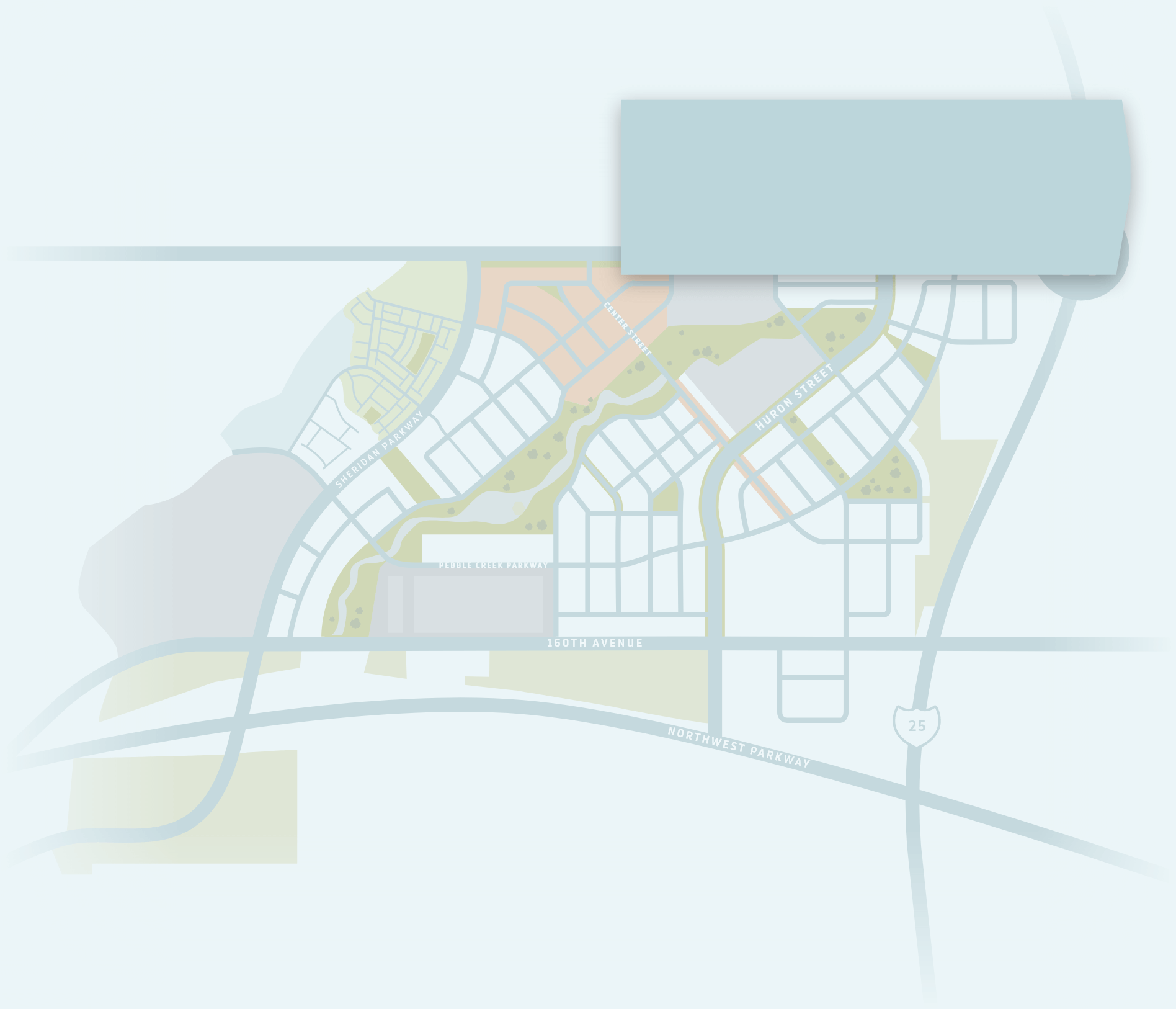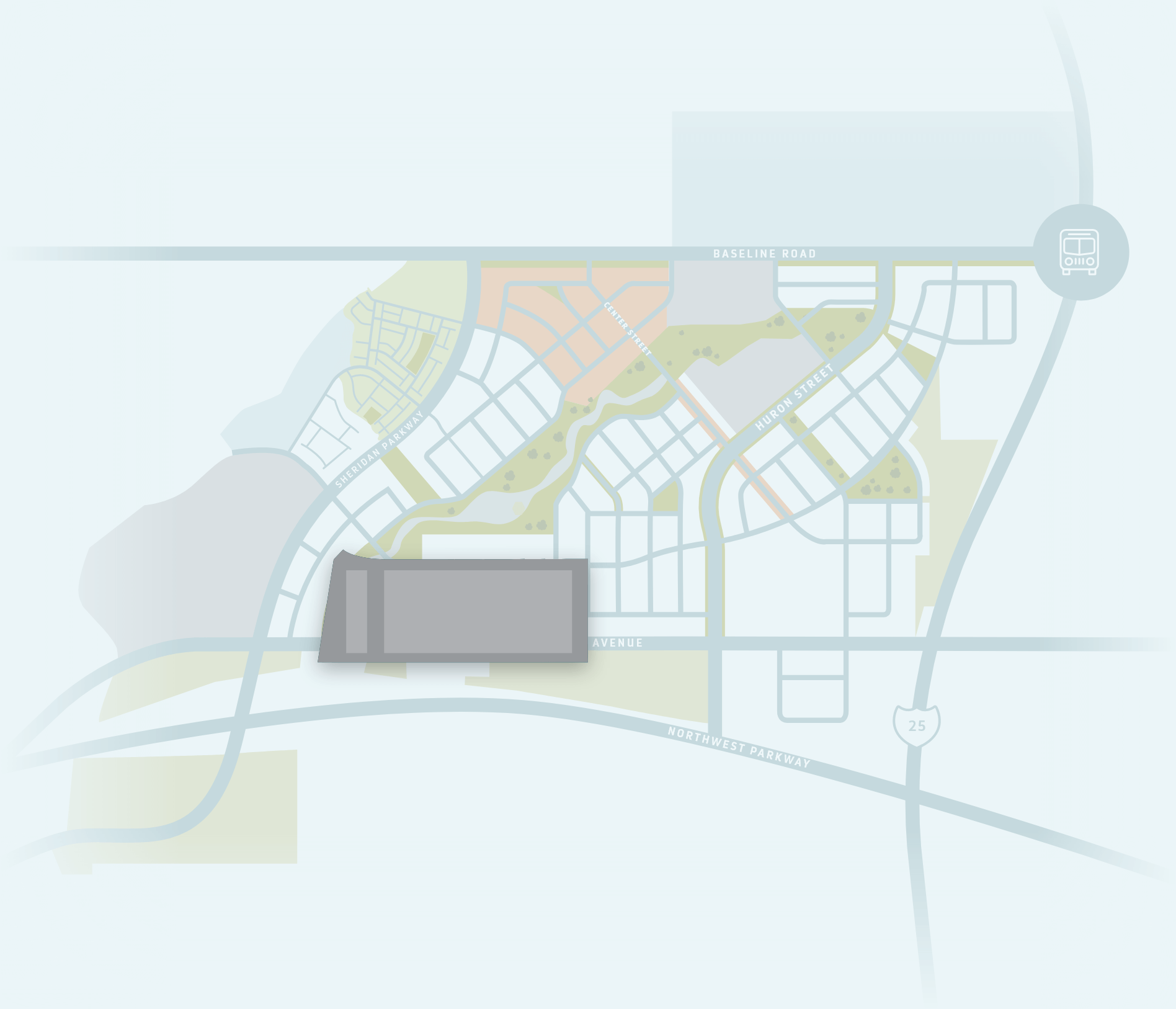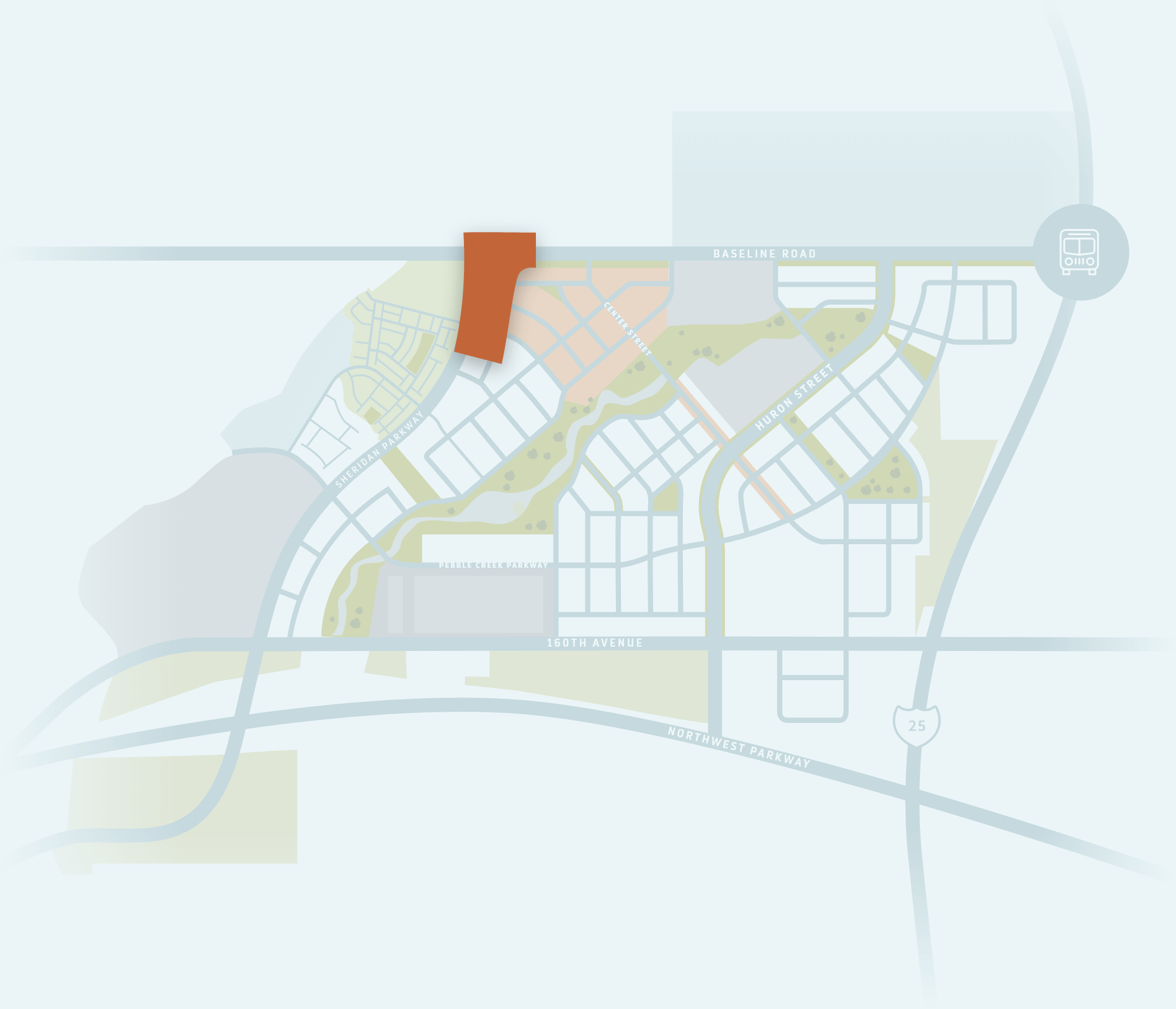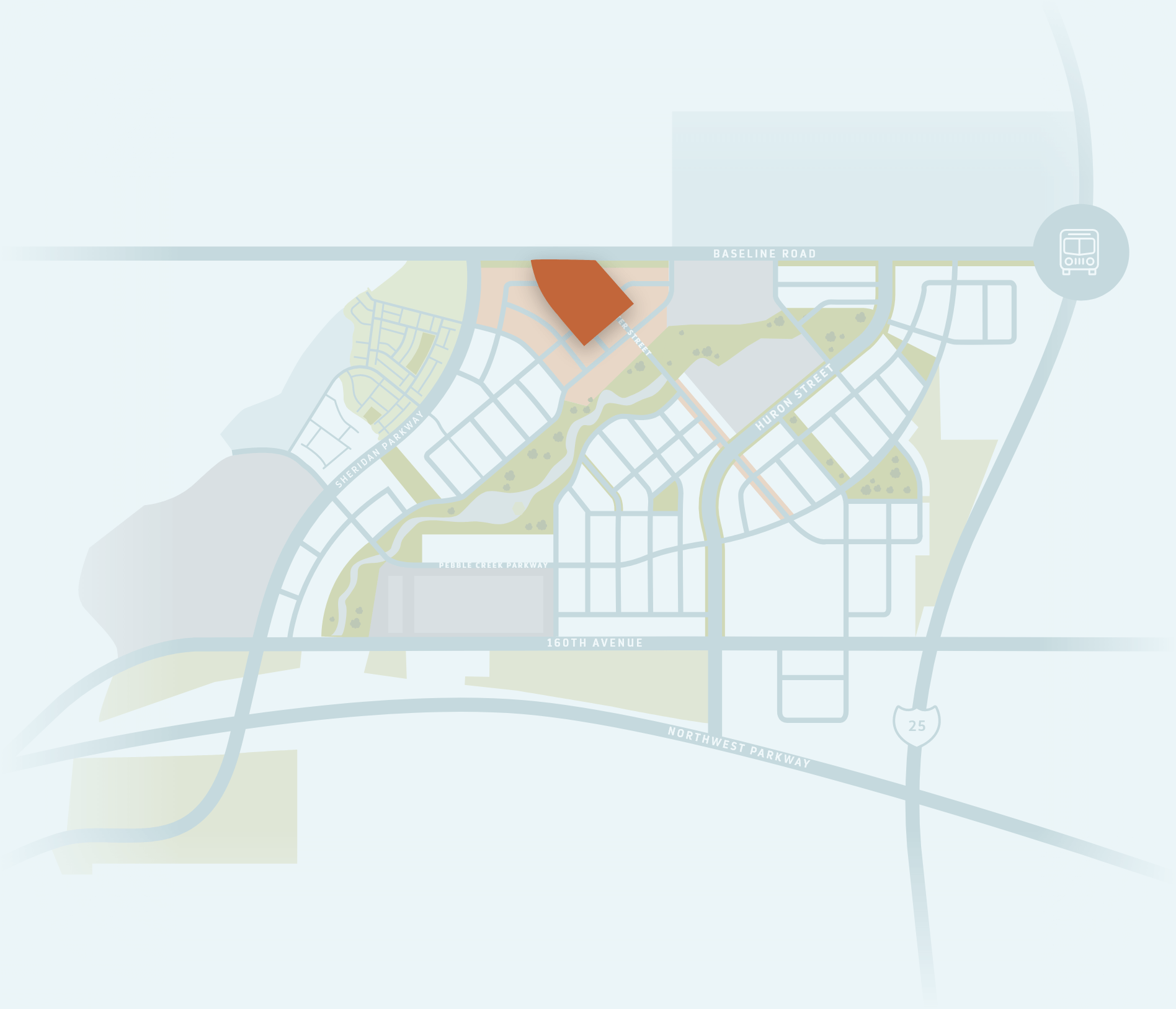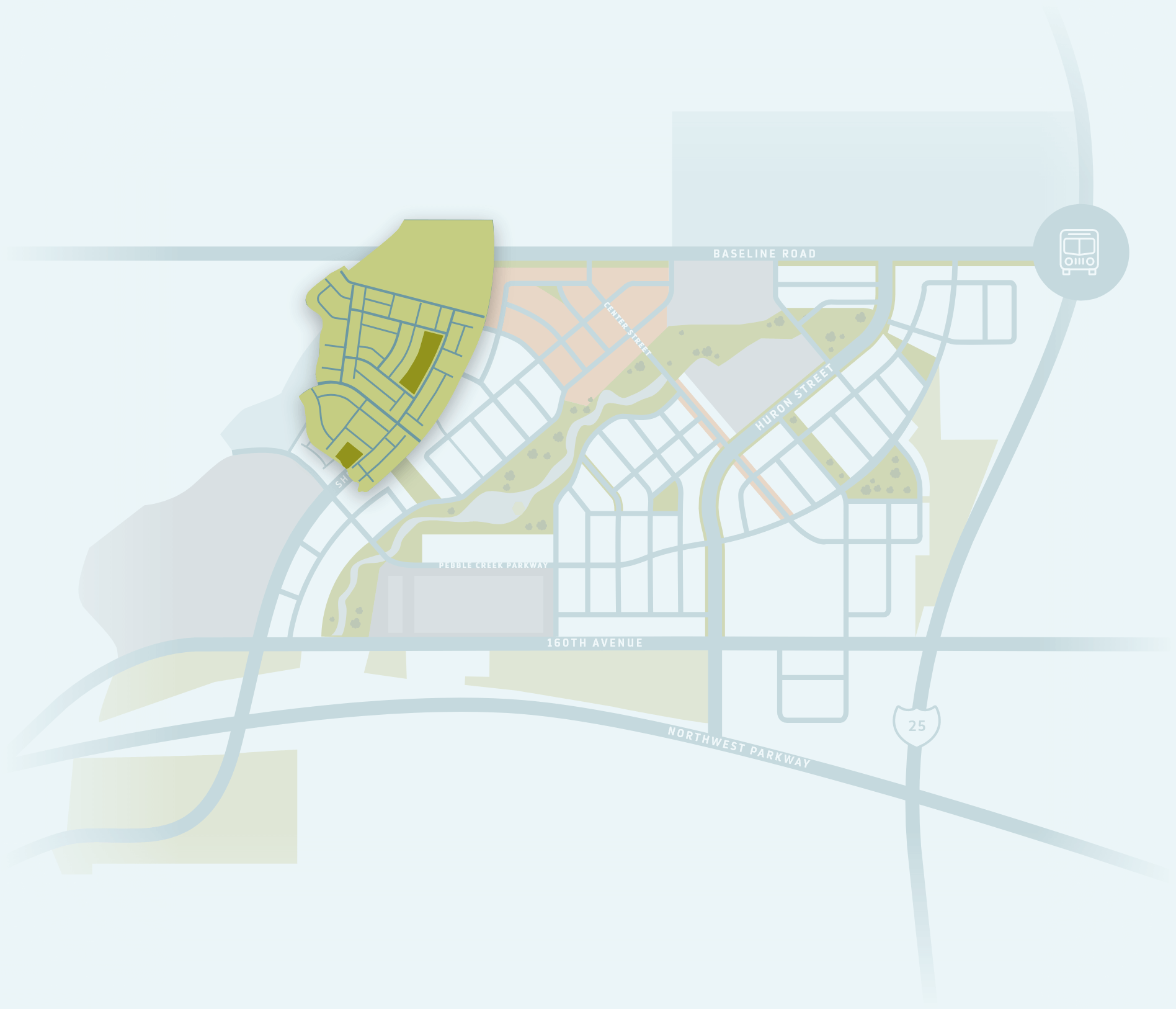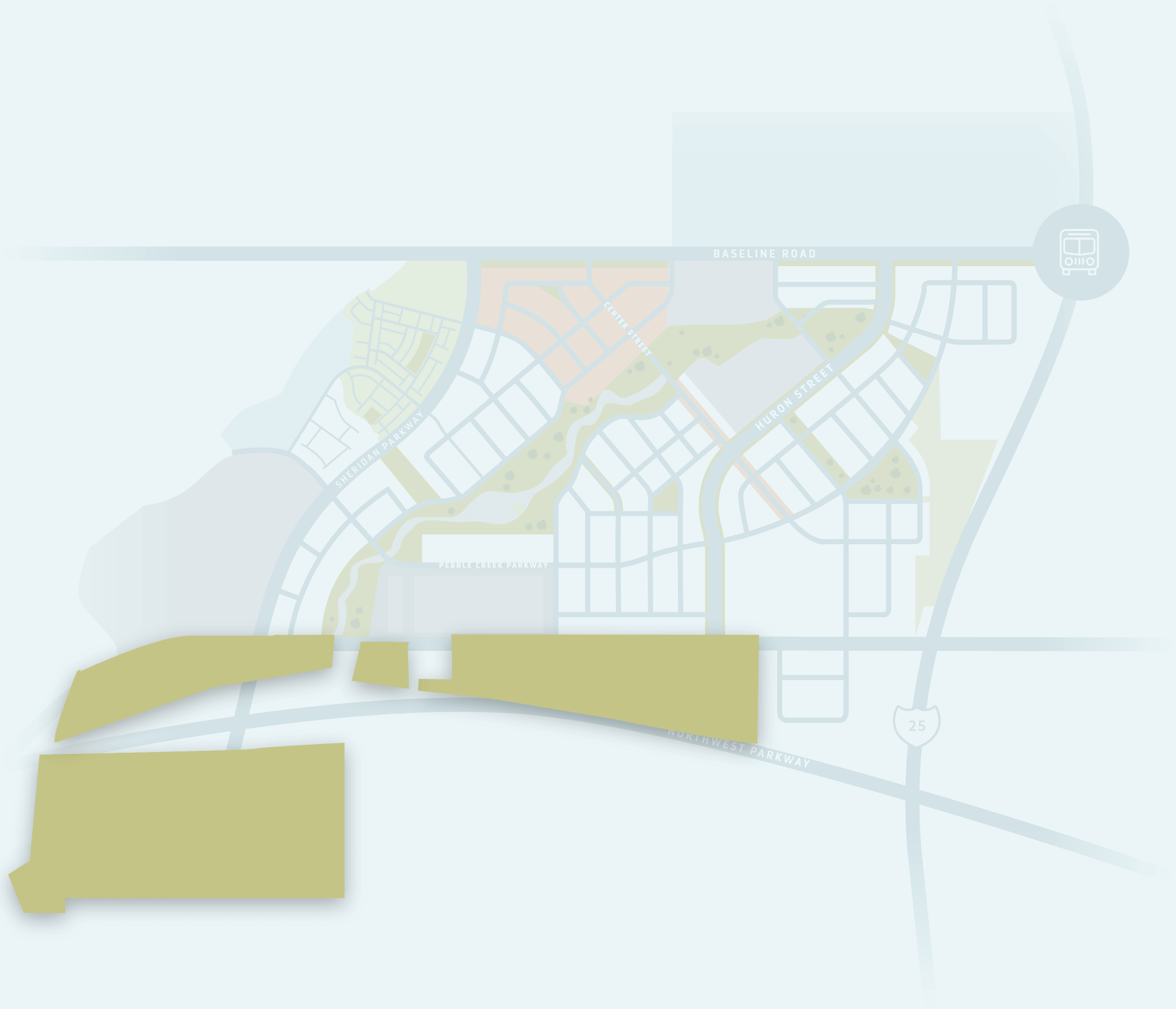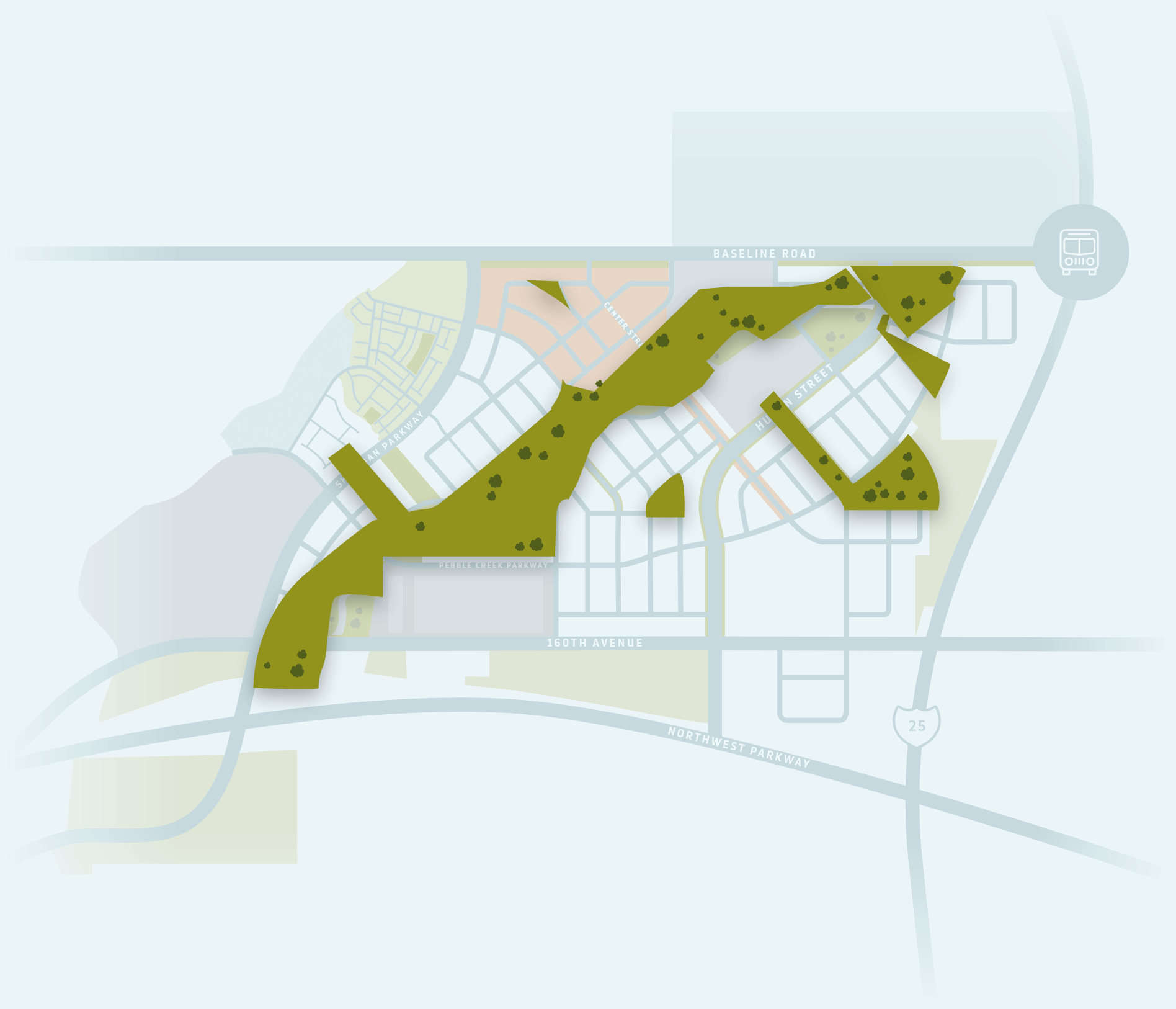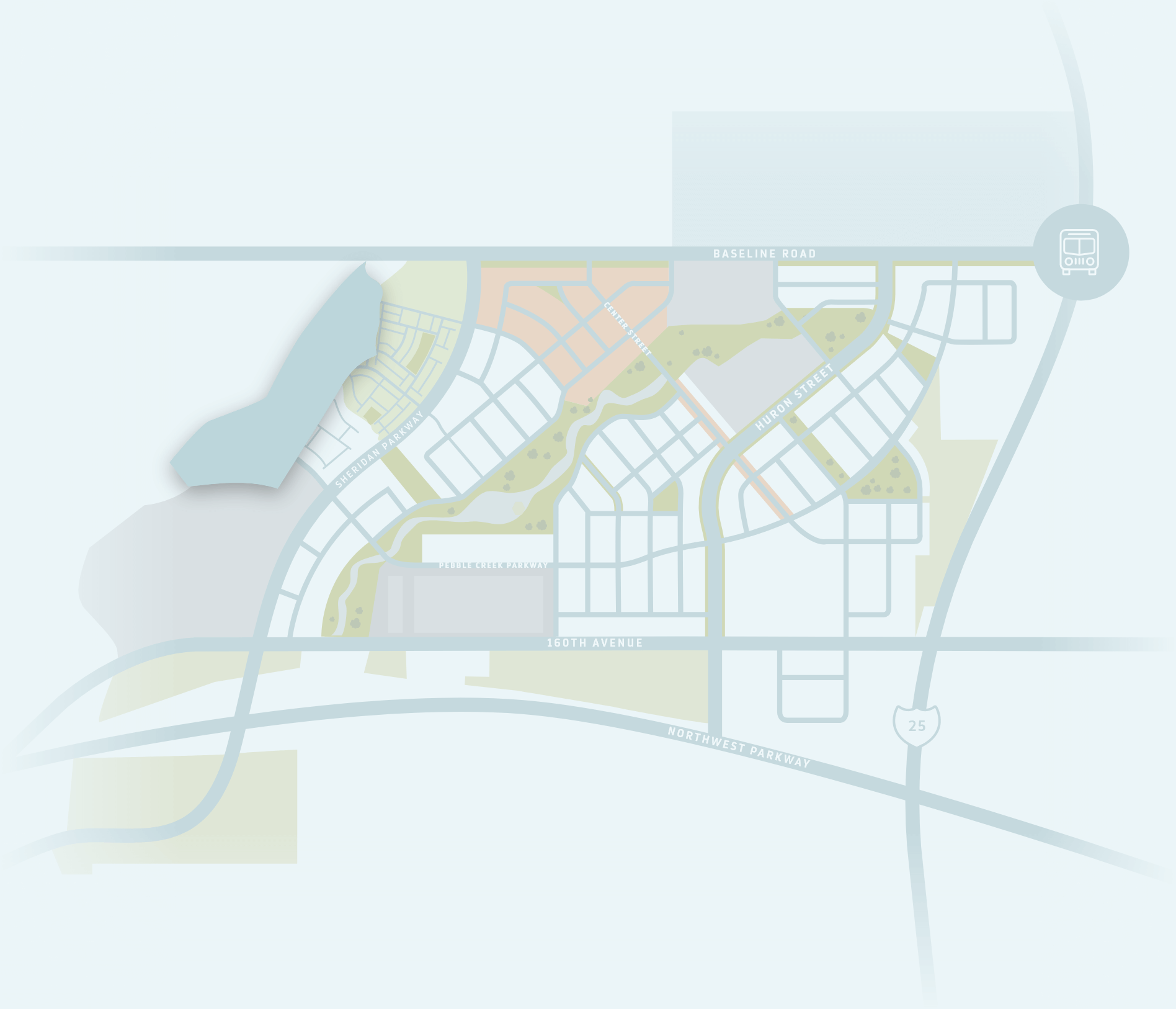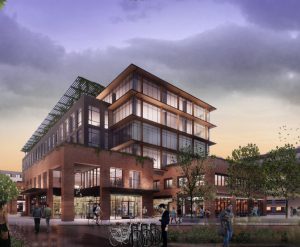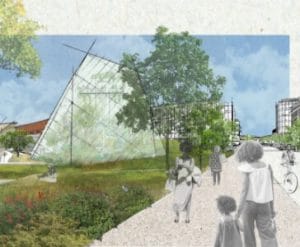Article Information
Abstract
The вЂfinancialization of every day life’ is an idea more popular by academics being an ever more fundamental means of understanding the effect of neoliberal ideologies and monetary processes on person identities, subjectivities and relationships with economic solutions. This short article plays a role in debates in the use of sub-prime credit and demands a advanced analysis with this part of financialization to look at the variegated utilization of economic solutions and make use of of credit by individuals on low and moderate incomes. Drawing on qualitative analysis of this вЂlived experience’ of financialization, according to rigorous in-depth interviews with 44 low/middle earnings borrowers in great britain the content concludes that: people are vulnerable to monetary insecurity because of increasing variegation of credit areas, and; that the binaries of вЂsuper inclusion’/’relic’ financial ecologies neglect to mirror the complexity and variegation of credit use within contemporary culture as a result of financialization.
Introduction
The intake of individual credit has gotten increased attention in the past few years throughout the sciences that are social especially in regards to the methods for which it forms markets and subjectivity (Burton, 2008; Burton et al., 2004; Langley, 2008a, 2008b, 2014; Leyshon et al., 2004, 2006; Soederberg, 2013). Debates have actually explored exactly exactly how credit is employed for life style consumption and also as a means of вЂgetting by’ (Burton, 2008; Soederberg, 2013). Now, research has analyzed the implications of maybe maybe not to be able to repay credit commitments while the debt healing process (Deville, 2015). Nevertheless, the intake of credit by those on low and moderate incomes is frequently ignored by academics (Burton, 2008). Drawing regarding the idea of economic ecologies (Leyshon et al., 2004) this informative article contributes to this debate by examining the relationships between your sub-prime credit market and folks at theвЂfringe’ that is financial. The financial ecologies approach implies that the economic climate (re)produces smaller:
вЂdistinctive ecologies of economic knowledge, techniques and subjectivities which emerge in numerous places’ with unequal effects when it comes to consumer. (French et al., 2011: 812)
This informative article attracts on understandings of this вЂfinancialization of everyday activity’ which shape financial subjects, areas and redefine ecologies that are financial the procedure.
Among the very very very early results of financialization had been considered to be the creation much much deeper and wider types of economic exclusion according to the level to which people had the ability to access (main-stream) financial loans and solutions (French et al., 2011). Sub-prime credit can be understood to be high-cost for all those with woeful credit records (Burton, 2008) and contains been further categorized into amounts of danger to generate credit that is personal of these areas (Burton, 2008; Dymski, 2005, 2006; Soederberg, 2013). Dymski http://badcreditloanshelp.net/payday-loans-nh/ (2006: 309) shows that economic stratification due to deregulation, technologies and securitization for instance, вЂhas been a vital motorist of procedures that creates monetary exclusion’. Nevertheless, using the notable exclusion of Leyshon et al. (2004, 2006) just hardly any empirical research reports have examined the consumption of the credit that is sub-prime, and also this article addresses this space. The intake of credit is explored by drawing on 44 in-depth interviews with low/moderate earnings borrowers in the united kingdom to give a qualitative analysis of this вЂlived experience’ of financialization during the fringes. In that way, the content shows exactly how their connection with credit is more variegated than is frequently thought. It has important implications both for the knowledge of the вЂfinancialization of everyday life’, monetary subjectivity and monetary ecologies.
The argument of this article is developed over six components. The following an element of the article provides some back ground regarding the use of credit by those on a minimal to moderate income before outlining the conceptual framework. The part that is third the investigation methodology. The 4th and 5th components draw in the information to provide a brand new taxonomy of how credit comes and consumed and relate to case studies that explain why consumers choose various modes of credit. The part that is sixth the main element findings within the conversation. The last component concludes the content.
